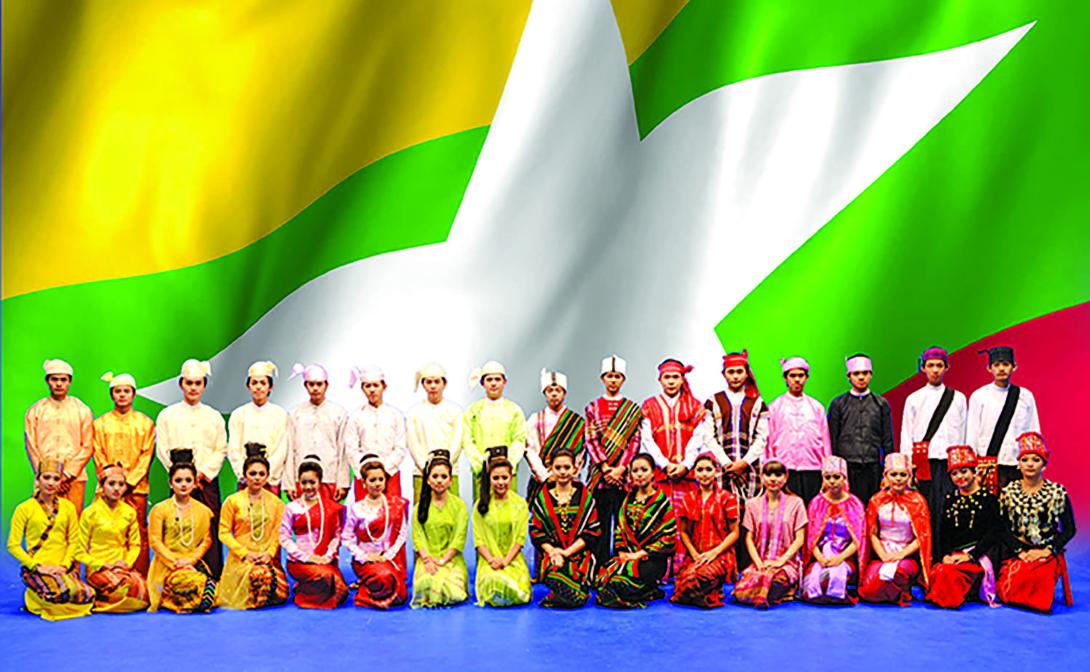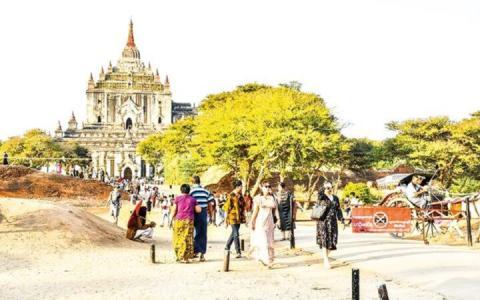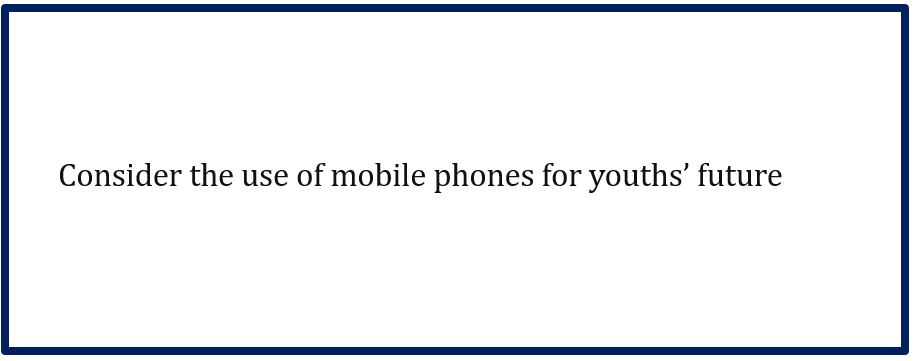Preserve the cultural heritage of all national races
Posted_Date
Image

Body
MYANMAR is one of the earliest Southeast Asian countries, with the establishment of city-states thousands of years ago, and it is rich in both tangible and intangible cultural heritage. The government is currently leading efforts to preserve these cultural elements to ensure their long-term survival for future generations.
As information technology advances, the development of physical structures and the globalization process compel countries worldwide to preserve their national identities and integrity. It is particularly important to sustain and protect intangible cultures. Furthermore, all citizens of Myanmar, regardless of their ethnicities, religions, or languages, share the responsibility of preserving the traditional cultural heritage of all national races.
Myanmar has steadfastly preserved its own culture and fine arts throughout successive eras. However, after losing its independence, the country has faced the influence of foreign cultures. It is widely acknowledged that traditional performing arts in Myanmar are at risk of disappearing due to rapid technological advancements and the proliferation of modern physical structures.
The ongoing performing arts competition aims to foster friendly relations among different national races and support the preservation and promotion of their traditional fine arts. By encouraging a comprehensive understanding of their cultures, the Myanmar Traditional Cultural Performing Arts Competitions play a crucial role in sustaining national cultures and enhancing national integrity.
The new generation of contestants who participated in the Performing Arts Competition in 1993 are now professional artists, coinciding with the competition’s 25th anniversary. It is gratifying for the national cause that these professional artists are now passing on the fine arts legacy to amateur performers from various regions and states.
Myanmar is a Union where the major ethnic groups — Kachin, Kayah, Kayin, Chin, Bamar, Mon, Rakhine, and Shan — live together in harmony, united by a shared national identity. Despite their diversity, the musical instruments of all national races in Myanmar primarily rely on five categories: bronze, string, leather, wind, and percussion instruments.
Since they all share a common heritage in the performing arts, artistes must promote the flourishing of these fine arts across all national races in Myanmar. They should enhance the national spirit among the youth of the new generation. These artists have a responsibility to preserve traditional cultural performing arts against the encroachment of foreign influences, ensuring the sustainable development of traditions and cultures. This effort should draw lessons from past events in cultural heritage, and it must be conducted without discrimination.



